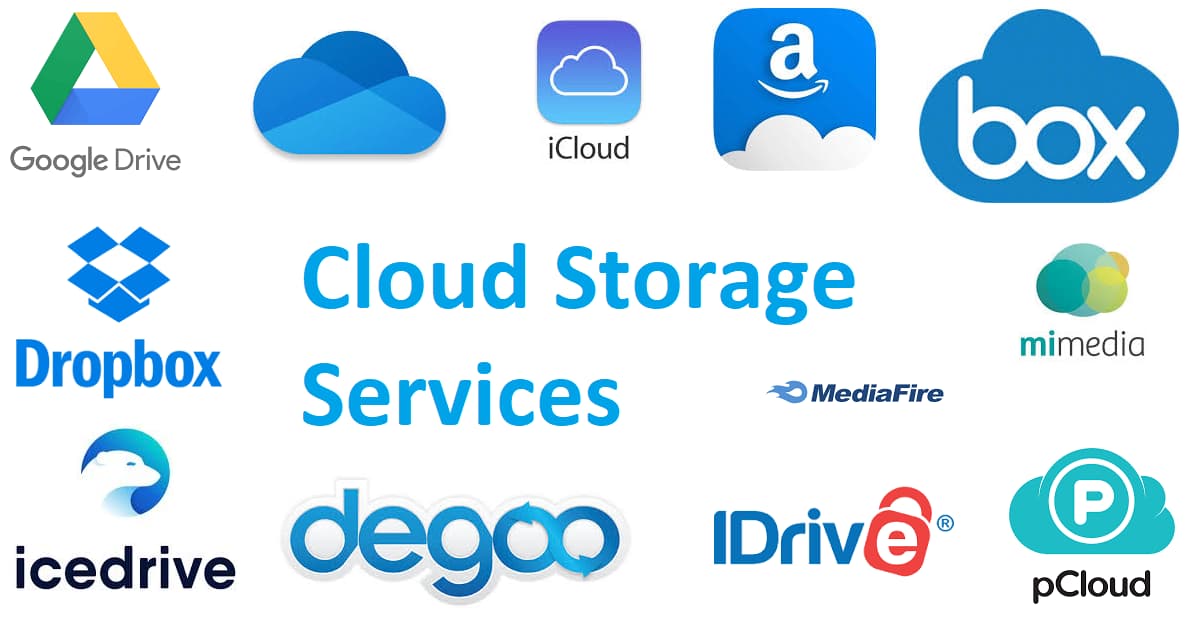Optimizing Data Safety: Tips for Protecting Your Information With Universal Cloud Storage Space Services
In an age where information violations and cyber threats are on the increase, securing delicate information has come to be a paramount issue for people and organizations alike. Universal cloud storage space solutions use unrivaled comfort and access, but with these advantages come integral security risks that must be dealt with proactively. By carrying out robust data safety and security steps, such as file encryption, multi-factor verification, routine back-ups, accessibility controls, and keeping track of methods, customers can considerably improve the security of their information stored in the cloud. These methods not only strengthen the stability of details however likewise impart a sense of confidence in leaving crucial data to cloud systems.
Relevance of Data Security
Data security serves as a fundamental pillar in protecting delicate information stored within global cloud storage space services. By inscribing information as if just licensed parties can access it, file encryption plays an essential function in protecting secret information from unauthorized access or cyber dangers. In the realm of cloud computer, where information is frequently sent and stored across numerous networks and web servers, the need for robust file encryption mechanisms is vital.

Additionally, conformity guidelines such as the GDPR and HIPAA call for information encryption as a way of securing sensitive details. Failing to comply with these requirements could lead to severe effects, making data encryption not just a safety and security measure however a legal need in today's digital landscape.

Multi-Factor Authentication Methods
In boosting protection steps for universal cloud storage space solutions, the implementation of robust multi-factor authentication strategies is imperative. Multi-factor authentication (MFA) adds an additional layer of safety by calling for customers to offer numerous kinds of confirmation prior to accessing their accounts, significantly decreasing the danger of unauthorized gain access to. Usual factors used in MFA include something the user knows (like a password), something the user has (such as a mobile phone for obtaining confirmation codes), and our website something the individual is (biometric data like finger prints or facial acknowledgment) By incorporating these factors, MFA makes it a lot harder for destructive stars to breach accounts, also if one aspect is jeopardized.
Organizations needs to also enlighten their users on the value of MFA and supply clear directions on just how to establish up and utilize it address securely. By carrying out solid MFA methods, companies can substantially bolster the safety of their information stored in universal cloud services.
Routine Information Back-ups and Updates
Given the essential role of protecting information integrity in global cloud storage space solutions through robust multi-factor authentication methods, the following vital facet to address is ensuring regular data back-ups and updates. Normal information backups are critical in mitigating the risk of data loss because of different aspects such as system failings, cyberattacks, or accidental deletions. By backing up data regularly, organizations can bring back info to a previous state in situation of unanticipated events, thereby maintaining business continuity and preventing significant disruptions.
In addition, staying up to day with software application updates and security spots is equally crucial in improving information safety within cloud storage services. In significance, routine information back-ups and updates play a critical duty in fortifying information safety and security actions and protecting critical information saved in universal cloud storage space solutions.
Executing Solid Access Controls
Accessibility controls are crucial in avoiding unauthorized access to sensitive data kept in the cloud. By applying solid accessibility controls, companies can make certain that just authorized personnel have the essential approvals to view, modify, or remove information.
One effective way to impose access controls is by using role-based access control (RBAC) RBAC assigns specific roles to customers, approving them accessibility civil liberties based upon their function within the organization. This method guarantees that individuals just have accessibility to the information and capabilities needed to do their job obligations. Additionally, executing multi-factor authentication (MFA) adds an extra layer of security by calling for customers to give several types of verification before accessing delicate information.
Surveillance and Auditing Information Gain Access To
Building upon the structure of strong access controls, effective tracking and auditing of data access is vital original site in keeping information security stability within global cloud storage services. Tracking data access involves real-time tracking of who is accessing the information, when they are accessing it, and from where. Auditing information gain access to entails assessing logs and records of data gain access to over a details period to guarantee conformity with safety and security policies and policies.
Verdict
Finally, securing information with universal cloud storage space services is critical for securing sensitive details. By executing information security, multi-factor verification, regular backups, strong access controls, and checking data accessibility, organizations can reduce the risk of information violations and unauthorized accessibility. It is necessary to prioritize information protection gauges to make certain the confidentiality, stability, and availability of data in today's digital age.